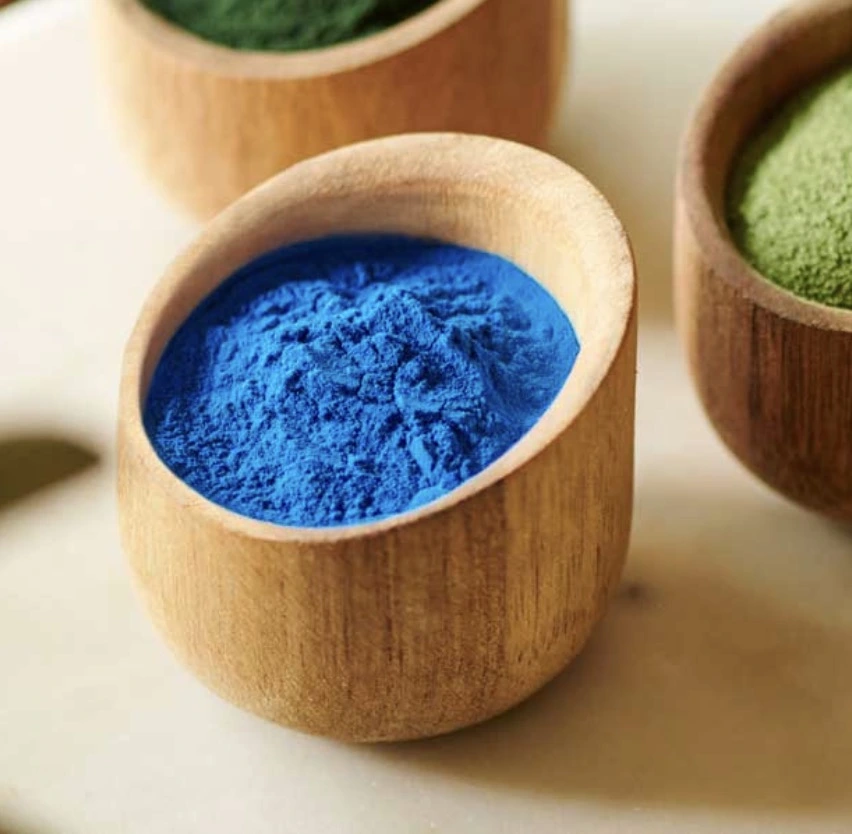Is Chlorophyll a New Trend or a Timeless Health Solution?
In recent years, chlorophyll has gained significant attention in the wellness community. This vibrant green pigment, essential for photosynthesis in plants, has become a popular supplement and ingredient in various health products. But is chlorophyll merely a passing trend, or does it offer genuine, long-lasting health benefits? Let's delve into the world of chlorophyll to uncover its potential as a timeless health solution.
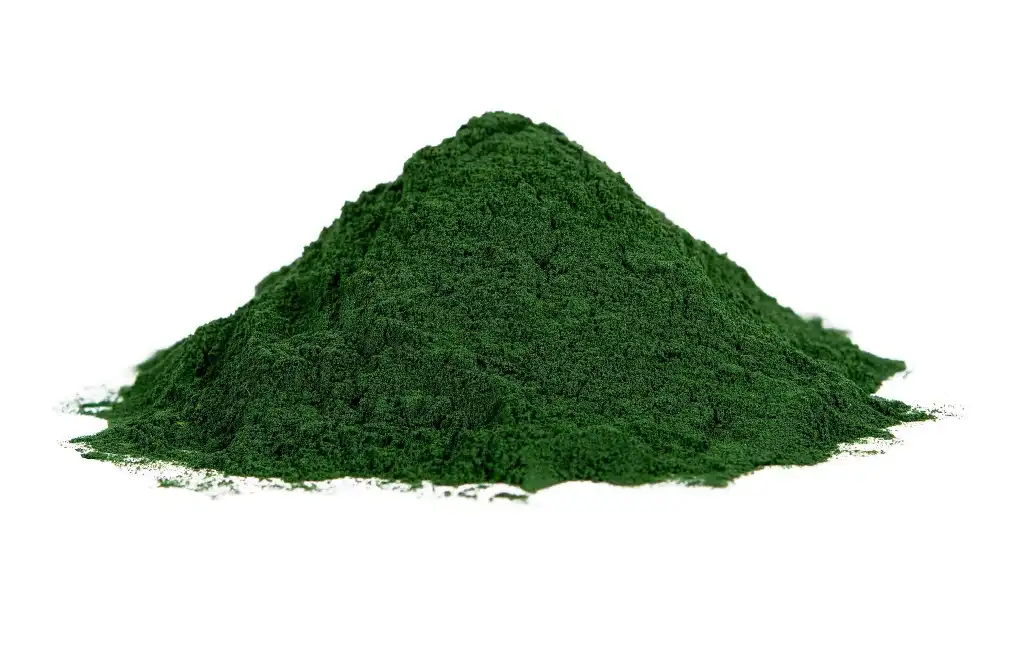
Why Chlorophyll Is Trending in Wellness Circles?
The surge in chlorophyll's popularity can be attributed to several factors. Social media platforms have played a crucial role in amplifying its visibility, with influencers and health enthusiasts showcasing vibrant green drinks and touting the benefits of chlorophyll supplements. This digital buzz has piqued curiosity and prompted many to explore chlorophyll's potential health advantages.
Chlorophyll's growing popularity coincides with the increasing demand for natural, plant-based health solutions. As consumers become more health-conscious and environmentally aware, they are turning to products that are sourced from nature. As the core component of green plants, chlorophyll aligns perfectly with this trend, offering a natural, eco-friendly way to support wellness. Its rise reflects a broader shift towards incorporating nature-based products into everyday life for better health and sustainability.
Moreover, the purported benefits of chlorophyll are diverse and appealing. From detoxification and improved digestion to enhanced skin health and potential cancer-fighting properties, chlorophyll seems to offer a wide array of health benefits. This versatility has contributed to its widespread adoption in various forms, including liquid drops, powders, and even as an ingredient in skincare products.
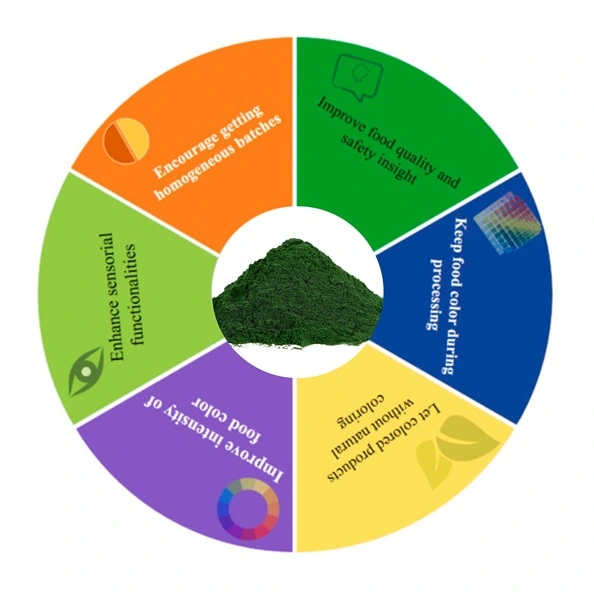
The History of Chlorophyll in Traditional Medicine
While chlorophyll may seem like a modern wellness trend, its use in traditional medicine dates back centuries. Many ancient cultures recognized the healing properties of green plants, which we now know are rich in chlorophyll. In Traditional Chinese Medicine (TCM), green foods have long been valued for their ability to cleanse the body and support overall health. The concept of "eating green" for vitality and longevity has been a cornerstone of TCM dietary practices for thousands of years.
Similarly, Ayurvedic medicine, originating in India, has emphasized the importance of consuming green vegetables and herbs to maintain balance in the body. These practices, while not specifically targeting chlorophyll, inherently recognized the benefits of chlorophyll-rich foods.
In more recent history, chlorophyll gained attention in Western medicine during the early 20th century. Dr. Benjamin Gruskin, a renowned researcher, published studies in the 1940s highlighting chlorophyll's potential in wound healing and odor control. This sparked a wave of interest in chlorophyll's medicinal properties, leading to its use in various medical applications.

Scientific Evidence Behind Chlorophyll's Benefits
While traditional uses and anecdotal evidence are compelling, modern scientific research provides a more robust understanding of chlorophyll's potential health benefits. Several studies have explored the effects of chlorophyll and its derivative, chlorophyllin, on various aspects of health.
One of the most promising areas of research is chlorophyll's potential as an anticarcinogenic agent. A study published in the journal "Carcinogenesis" found that chlorophyllin, a water-soluble derivative of chlorophyll, could inhibit the uptake of aflatoxin, a potent carcinogen. This suggests that chlorophyll might play a role in cancer prevention, though more research is needed to fully understand this potential.
Chlorophyll's antioxidant properties have also been the subject of scientific inquiry. Research published in the "Journal of Food Science" demonstrated that chlorophyll and its derivatives exhibit significant antioxidant activity, which could help protect cells from oxidative damage and contribute to overall health.
In terms of skin health, a study in the "Journal of Clinical Aesthetics and Dermatology" found that topical chlorophyll in could improve signs of photoaging and acne. This supports the growing use of chlorophyll in skincare products and suggests it may have genuine benefits for skin health.
While these studies are promising, it's important to note that much of the research on chlorophyll is still in its early stages. More comprehensive, long-term studies are needed to fully understand the extent of chlorophyll's health benefits and its optimal uses.
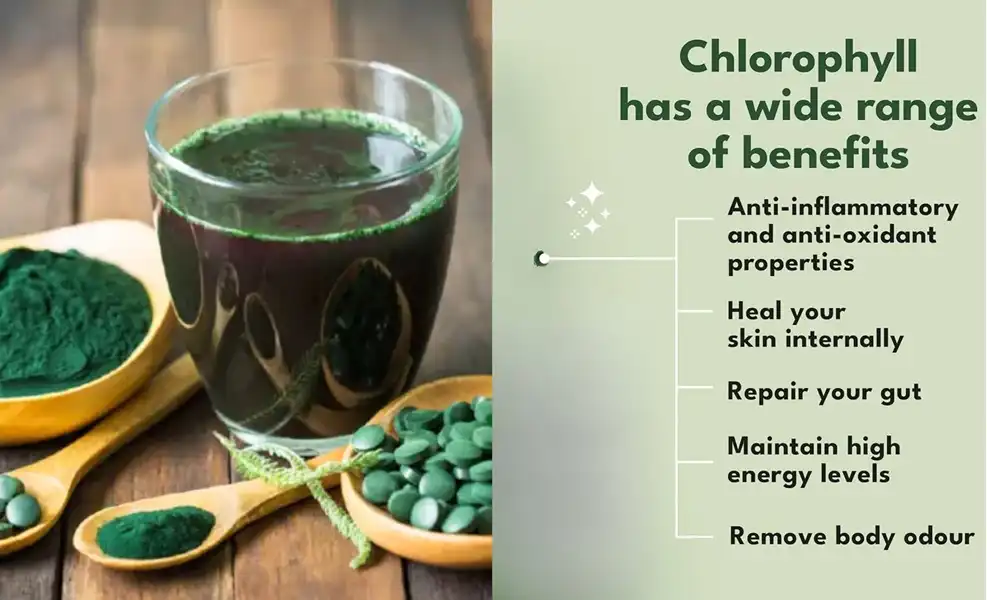
Conclusion
As we've explored, chlorophyll's current popularity is not merely a fleeting trend but rather a rediscovery of a natural compound with a rich history and promising potential. While its trendiness may have brought it into the spotlight, the scientific evidence supporting chlorophyll's health benefits suggests it could indeed be a timeless health solution.
However, as with any supplement or health product, it's crucial to approach chlorophyll with a balanced perspective. While it offers potential benefits, it should not be seen as a miracle cure or a substitute for a healthy diet and lifestyle. As research continues to unfold, we may gain an even deeper understanding of how to harness chlorophyll's benefits effectively.
If you're interested in exploring the potential of chlorophyll or other natural plant extracts for your products, Yangge Biotech Co., Ltd. offers a wide range of high-quality, innovative solutions. For more information, don't hesitate to reach out to us at info@yanggebiotech.com. Our team is dedicated to providing you with the best natural ingredients to meet your needs and help your products stand out in the market.
References
1. Ferruzzi, M. G., & Blakeslee, J. (2007). Digestion, absorption, and cancer preventative activity of dietary chlorophyll derivatives. Nutrition Research, 27(1), 1-12.
2. Lanfer-Marquez, U. M., Barros, R. M., & Sinnecker, P. (2005). Antioxidant activity of chlorophylls and their derivatives. Food Research International, 38(8-9), 885-891.
3. McCook, J. P., Stephens, T. J., Jiang, L. I., Law, R. M., & Gotz, V. (2016). Ability of sodium copper chlorophyllin complex to repair photoaged skin by stimulation of biomarkers in human extracellular matrix. Clinical, Cosmetic and Investigational Dermatology, 9, 167.
4. Jubert, C., Mata, J., Bench, G., Dashwood, R., Pereira, C., Tracewell, W., ... & Bailey, G. (2009). Effects of chlorophyll and chlorophyllin on low-dose aflatoxin B1 pharmacokinetics in human volunteers. Cancer Prevention Research, 2(12), 1015-1022.
5. Subramoniam, A., Asha, V. V., Nair, S. A., Sasidharan, S., Sureshkumar, P. K., Rajendran, K. N., ... & Ramalingam, K. (2012). Chlorophyll revisited: Anti-inflammatory activities of chlorophyll a and inhibition of expression of TNF-α gene by the same. Inflammation, 35(3), 959-966.
Based on your location and order quantity, you will have the opportunity to receive a limited time free shipping promotion!
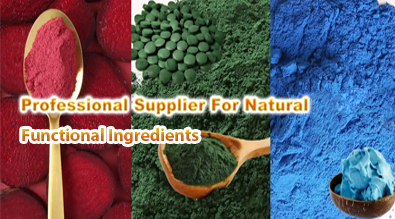
Who we are

